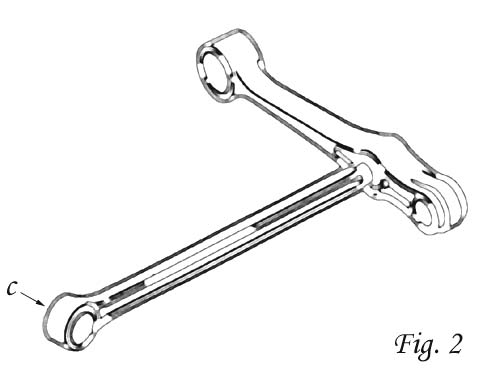



| Installation of your Unobtainium Motorsports rear bushing kit is
fairly straight forward. Please refer to the illustrations above
and in the body of these instructions in order to simplify the identification
of the parts in your kit and their installed locations. |
| 1. Refer to the Mazda 3rd
generation RX-7 Shop Manual for instructions on the removal and replacement
of the rear suspension
components. Torque values for the suspension bolts will be listed in the
shop manual. Please follow those instructions precisely to
ensure correct installation of the suspension components. 2. Once the suspension components have been removed from the car, use a hydraulic press to press out the OEM rubber bushings, or have a machine or suspension shop perform this service for you. Please note that it is not necessary to remove the rear lower control arms from the car to complete the installation of your bushing kit. Only the rear upper control arms and rear trailing arms need to be removed. IMPORTANT: Do NOT remove a bushing in any location other than those indicated by the labels a, b, or c in Fig. 1 and Fig. 2 above. The rear suspension kit bushings are intended to replace ONLY the bushings indicated by those labels. The other bushings in the rear suspension are "pillow ball" bushings, and they provide a much wider orbital range of motion than a standard bushing. The pillow ball bushings are metal-on-metal by construction, so replacing them is unnecessary unless they are excessively worn, and would not improve the function or stiffness of the suspension. In the event that they are excessively worn, please have them replaced with OEM Mazda parts. 3. The center pins in your kit are intended to be a loose fit and will not be installed with the nylon bushings when they are pressed into the suspension components. Set the center pins aside, since they will not be installed until you are ready to replace the suspension components on the vehicle. 4. There are three different styles of bushings in the rear bushing kit, as shown in Fig. 3 below. Although the height of the bushings in the kit are very similar, the four that are noticeably largest in diameter are for the rear upper control arms, and are labeled a in Fig. 3 and Fig. 4 below. Their position is illustrated in Fig. 1 above as a, two bushings for each upper control arm. Press these bushings into the upper control arms in position a in the direction of the arrows in Fig. 1 above, so that the flanged ends of the bushings face outward, in the opposite directions of the arrows.
|
Note: This page reproduced with the kind permission of
Unobtanium Motorsports.
| THE LEGAL STUFF: Unobtainium Motorsports products are intended for off-road use ONLY. Unobtainium Motorsports makes
no claims as to the legality of use of these products on a licensed vehicle used on public roads or highways. Unobtainium Motorsports
is not responsible for any damage to the vehicle caused by improper installation or improper use of the product or vehicle by the customer or any other party.
Damage to the product caused by improper installation or use is not covered by any warranty, either express or implied. Product warranty
is limited to manufacturing defects only. Unobtainium Motorsports will replace any defective product at our discretion, once the part has been received
and inspected, and the cause of the failure has been determined to be a manufacturing defect. Unobtainium Motorsports HIGHLY recommends that our products be installed only by trained professionals, and especially with any suspension modifications, that the vehicle manufacturer's service procedures and recommended torque figures be strictly adhered to. In addition, we recommend that the vehicle's alignment be checked and corrected, if necessary, after removal or replacement of any suspension related components. And finally, we highly recommend that any components removed from the vehicle be inspected by a professional service representative prior to being replaced, and if any component or fastener is found to be damaged or substandard in any way, that it be replaced immediately with a new part. Failure to follow these recommendations may result in loss of property or serious injury. |
